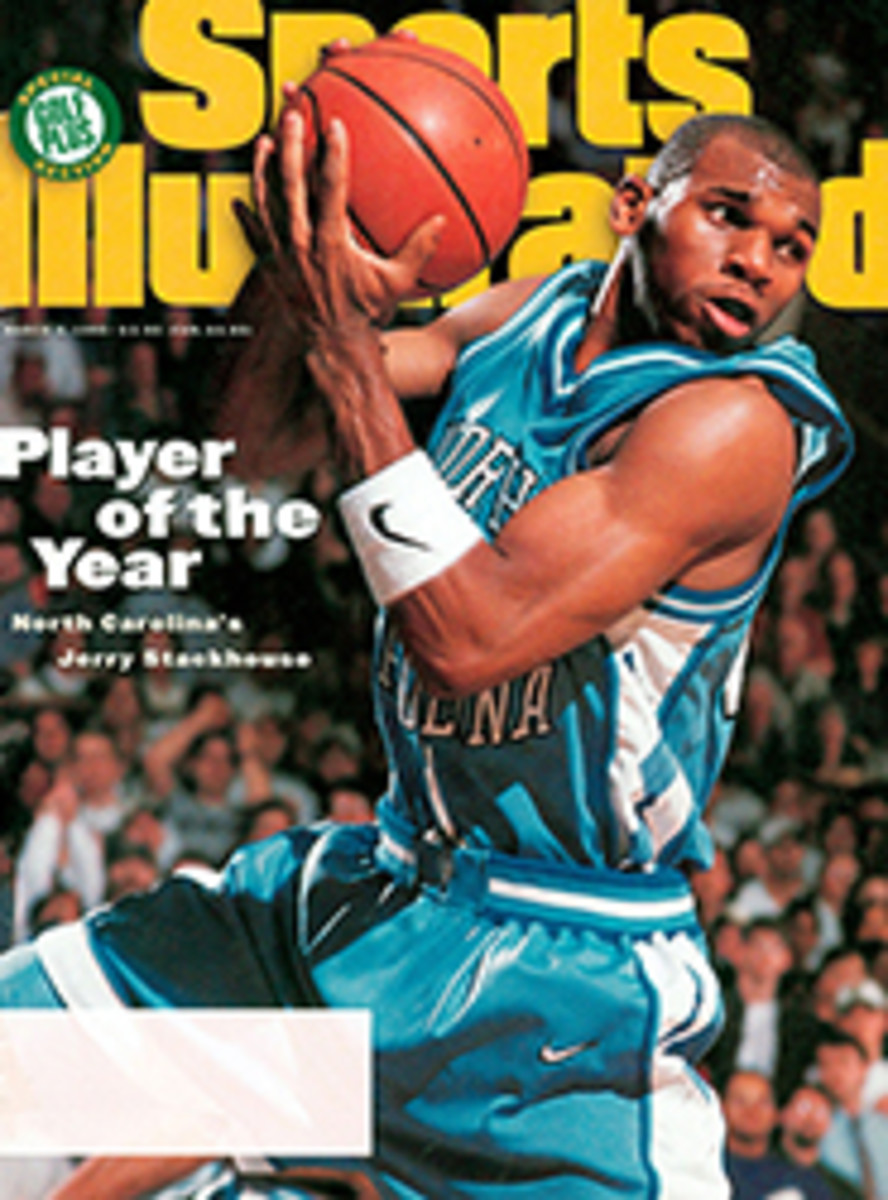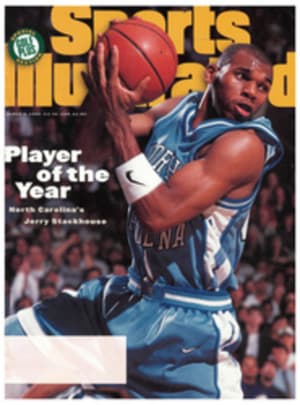
MR. BUBBLE THANKS TO DESMOND MARGETSON, FOLKS IN DULUTH CAN PLAY YEAR-ROUND
Each time Jimmie McDaniel hit a ground stroke, 14-year-old
Desmond Margetson was mesmerized. Margetson was working as a ball
boy at the Cosmopolitan Tennis Club in New York City, and on this
day in 1940 he was shagging balls for an exhibition match later
hailed by a local paper as ``the most important sports and social
event to hit Harlem in many years.''
The match pitted McDaniel -- the best black amateur player in the
U.S. -- against Don Budge, the reigning professional champion.
Budge won the match, but McDaniel awed the young ball boy with his
strokes. ``He had an effortless rhythmic motion that culminated
with this incredible crack of a whip, like a rifle shot,''
Margetson, 68, recalls. ``His balance and body position were
perfect.''
That year Margetson joined the Cosmopolitan Club, making full use
of his five-dollar membership fee. But in November, as the
temperature dipped below freezing, he had to turn his attention to
the club's skating program. ``The only thing they could do was to
pour water on the court.''
Margetson was not alone in his frustration that tennis was only a
warm-weather sport. But he was alone in his desire -- and ability
-- to do something about it. Following an impressive amateur and
collegiate tennis career (Margetson played No. 1 for New York
University in 1948), he focused on his career as an engineer. In
1956, after being hired by the American Machine and Foundry to
design a temporary missile shelter for the Air Force, Margetson
was struck with an idea: how about a temporary shelter for urban
tennis players? He suggested to Walter Bird, a fellow engineer who
was building and testing inflatable shelters in Buffalo, that he
could help introduce a version of Bird's design to the tennis
community.
In 1957, in an article for World Tennis magazine titled, ``Tennis:
An All-Season Sport,'' Margetson wrote, ``The winter lay-off has
always left tennis defenseless against pirating from other
sports.'' That wasn't a revelation. But Margetson's solution --
air-supported structures that could be dismantled in summer --
certainly was.
Margetson spent a year working with Bird to promote the bubble. A
construction company in Queens, N.Y., was prepared to buy the
design but was foiled by New York City's stringent building codes.
Seven years later, in 1965, John V. Lindsay became mayor, and
building codes were magically loosened. ``Lindsay becoming mayor
was the whole thing,'' Margetson says. ``He was a big tennis
fan.''
The first bubble in New York, built by Birdair Structures, opened
on Dec. 17, 1965, at the West Side Tennis Club in Forest Hills.
The New York Herald Tribune credited tennis players Gardnar Mulloy
and Billy Talbert -- who had entered into a partnership with
Birdair's president, Bird -- with introducing the structure,
entirely overlooking the man who had actually conceived it.
Talbert admits his role was minimal: ``It's [Margetson] whom
people should be thankful to.''
Finally, last Aug. 19, at the Bronx Pro Tennis Classic, Margetson
received his due. He was presented with a lifetime achievement
award by the U.S. Tennis Association in the form of a plaque that
he displays in his Harlem apartment.
``The plaque means everything to me,'' says Margetson, now an
engineer for the New York City Department of Transportation and an
accomplished runner who has completed nine New York City
Marathons. ``It shows that as a tennis contribution, the bubble
was a success.''
Bill Shannon, president of the New York Sports Museum & Hall of
Fame, says Margetson's contributions are worthy of consideration
for the International Tennis Hall of Fame. ``He has given tens of
thousands of players the opportunity to play tennis year-round,''
Shannon says.
But don't expect Margetson to enter the Hall anytime soon.
Although Eugene L. Scott, chairman of the Hall's nominating
committee, acknowledges the bubble as a ``marvelous
contribution,'' he says Margetson has little chance of even
earning a nomination. ``If you conducted a phone poll of our
voters, you'd probably find that 80 percent have never heard of
the guy,'' Scott says.
Margetson doesn't seem to mind. ``I never asked for anything from
the tennis establishment,'' he says. ``I'm just happy with my
plaque.''
COLOR PHOTO:MANNY MILLAN Margetson conceived the bubble in 1956, but the first one in New York wasn't built until 1965. [Desmond Margetson standing on tennis court under bubble roof]

